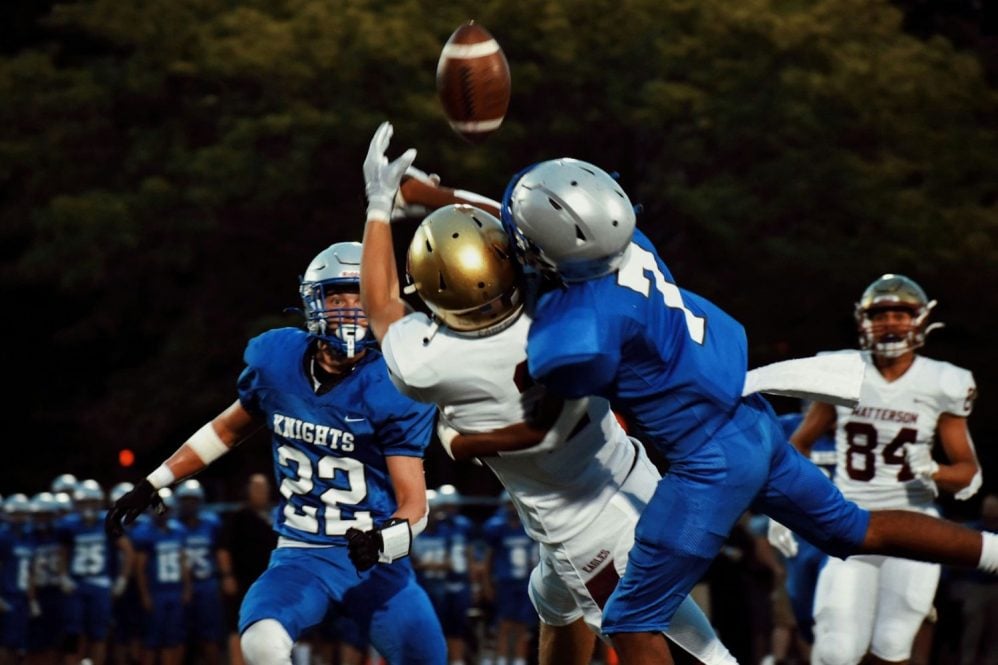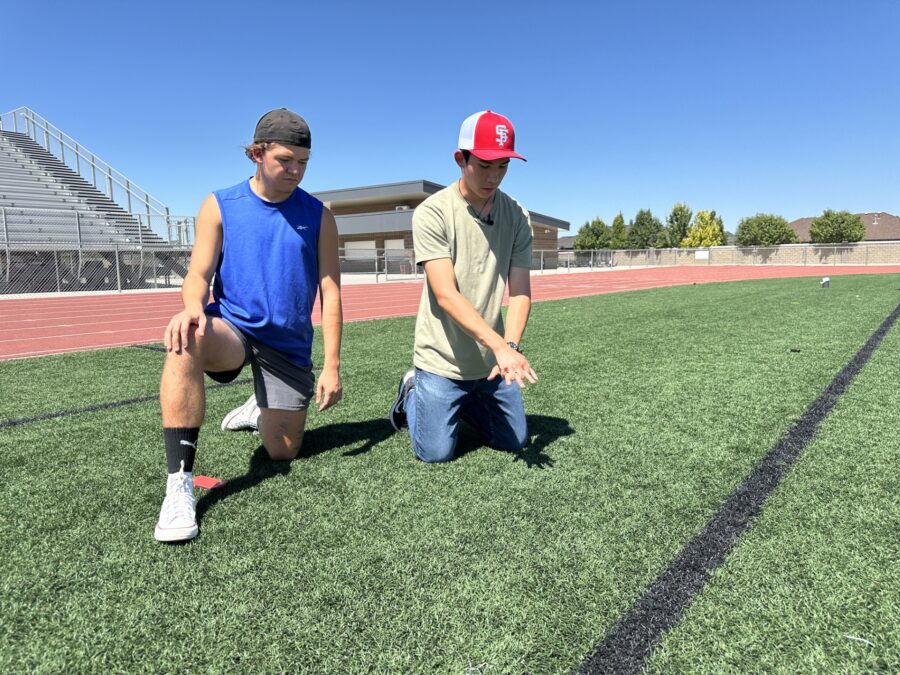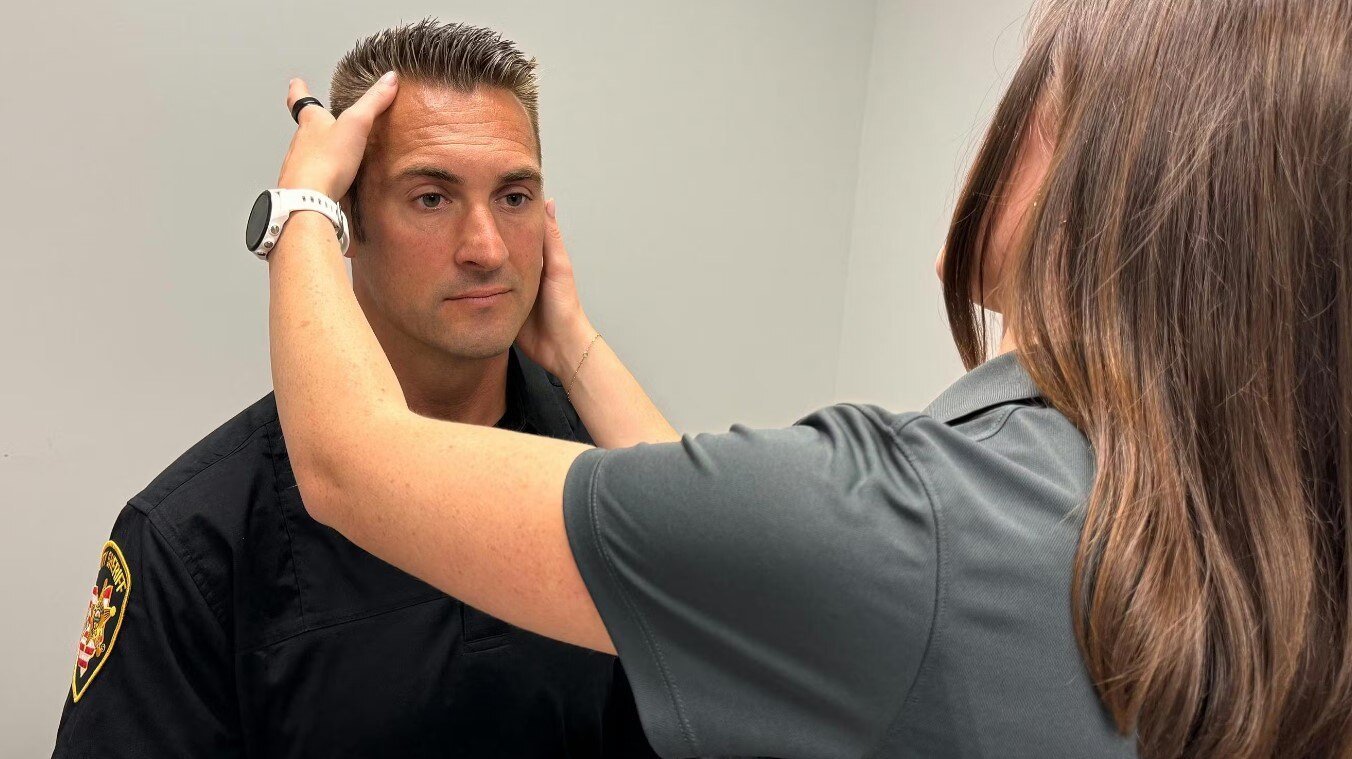New Study Links ADHD to Longer Concussion Recovery in High School Athletes

High school athletes with attention-deficit/hyperactivity disorder (ADHD) may require more time to recover from concussions than their peers, according to new research from the University of Hawaiʻi at Mānoa.
 The study, led by Kyoko Shirahata from the College of Education’s Department of Kinesiology and Rehabilitation Science, was recently published in the Journal of Athletic Training.
The study, led by Kyoko Shirahata from the College of Education’s Department of Kinesiology and Rehabilitation Science, was recently published in the Journal of Athletic Training.
Researchers analyzed concussion recovery data from 935 student-athletes across 60 Hawaiʻi high schools, gathered between 2010 and 2018.
They found that athletes with ADHD took an average of nearly 13 days to return to the classroom—about two days longer than their non-ADHD peers—and almost 21 days to return to sports, extending recovery by three additional days.
"Concussions are never one-size-fits-all, but our data show that ADHD can influence how long recovery can take," said Shirahata. "These students may need support tailored to their specific needs to return to learning and competition safely."
The study also highlighted longer recovery times for younger athletes and females—trends that had been suggested in prior research but are now more clearly defined through this comprehensive analysis.
“Our goal is to help athletes, coaches, families, and health care providers understand that recovery timelines may vary for good reason,” Shirahata added. “If we can tailor our care to each student's needs, we're doing our job.”
College of Education Dean and study co-author Nathan Murata emphasized the impact of the findings.
“This study reflects our college's commitment to applied research that supports Hawaiʻi's youth,” he said.
Researchers hope the study encourages schools to adopt more individualized concussion management strategies, highlighting the value of baseline testing and continuous symptom tracking to improve student-athlete safety. See more details here!
![HR Logo [Recovered]_Full Color Vertical-1](https://blog.healthyroster.com/hs-fs/hubfs/HR%20Logo%20%5BRecovered%5D_Full%20Color%20Vertical-1.png?width=199&height=178&name=HR%20Logo%20%5BRecovered%5D_Full%20Color%20Vertical-1.png)
 By
By


